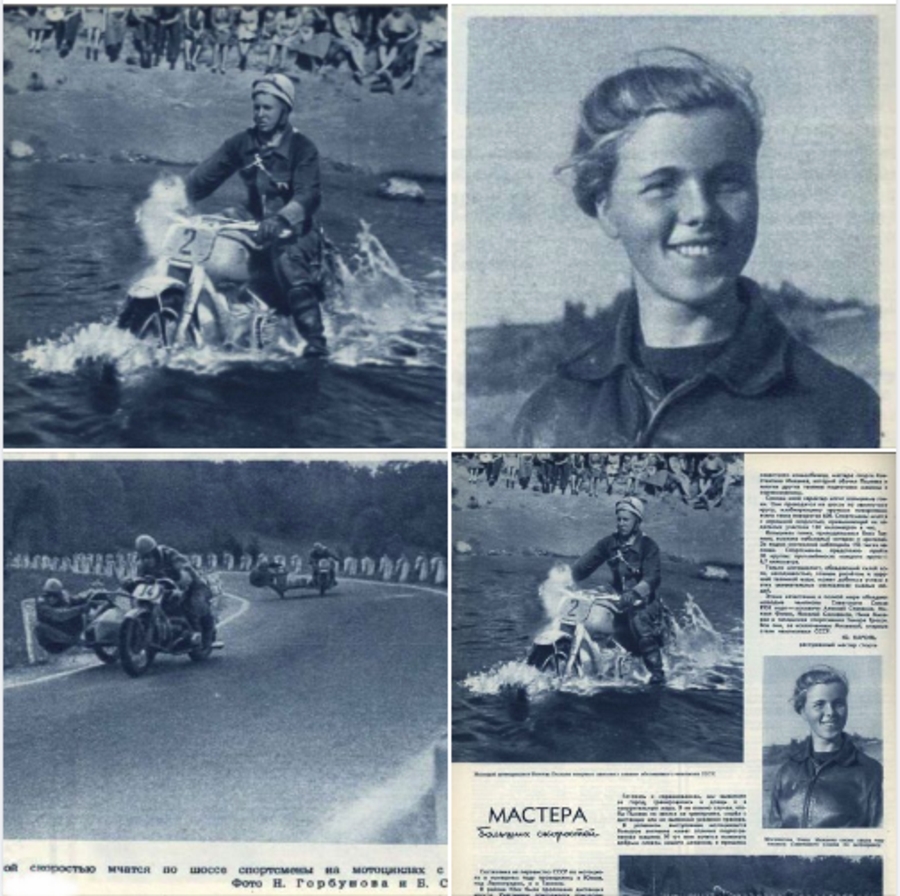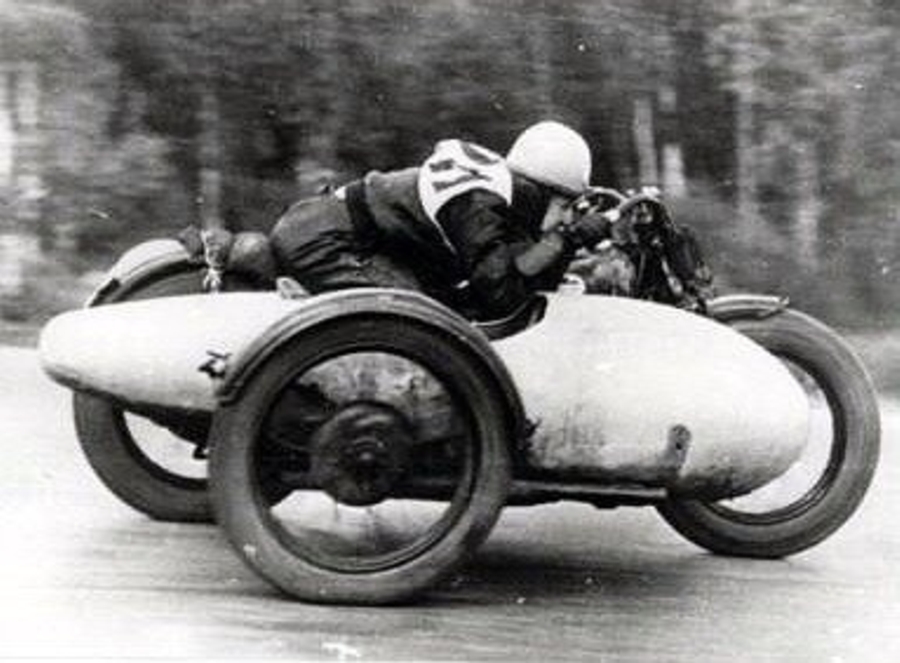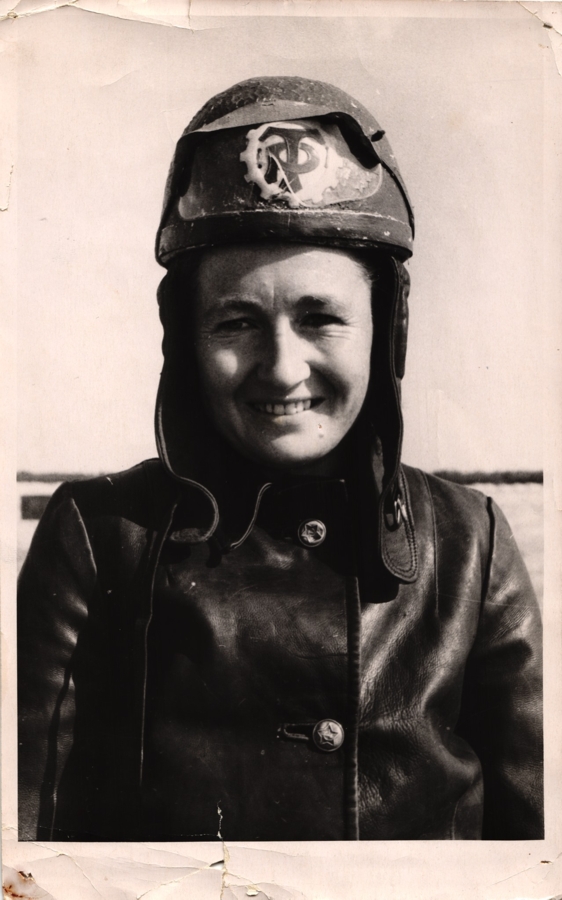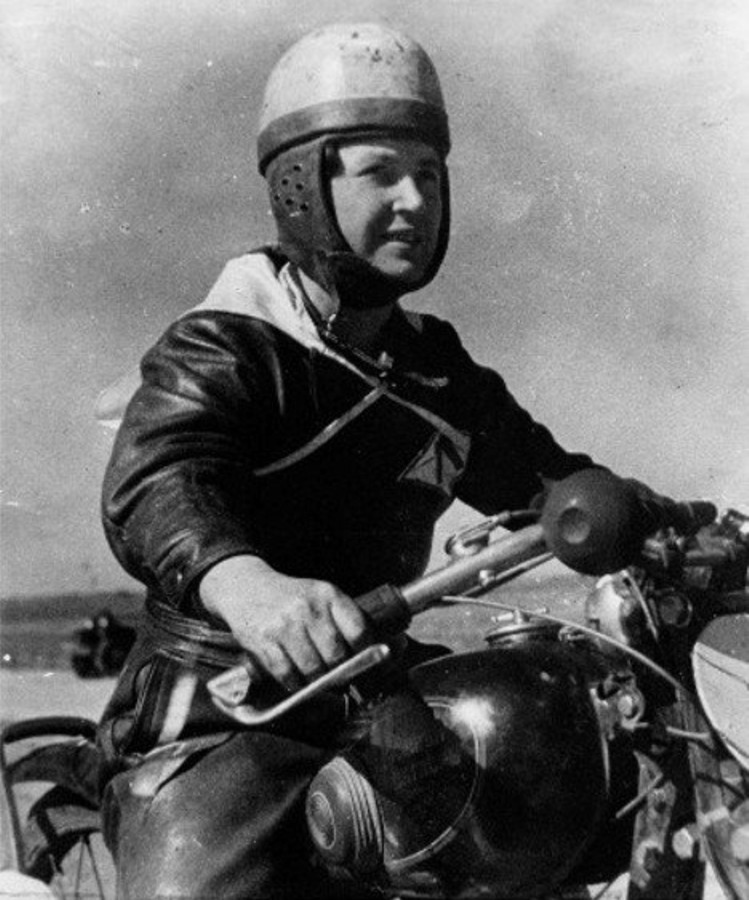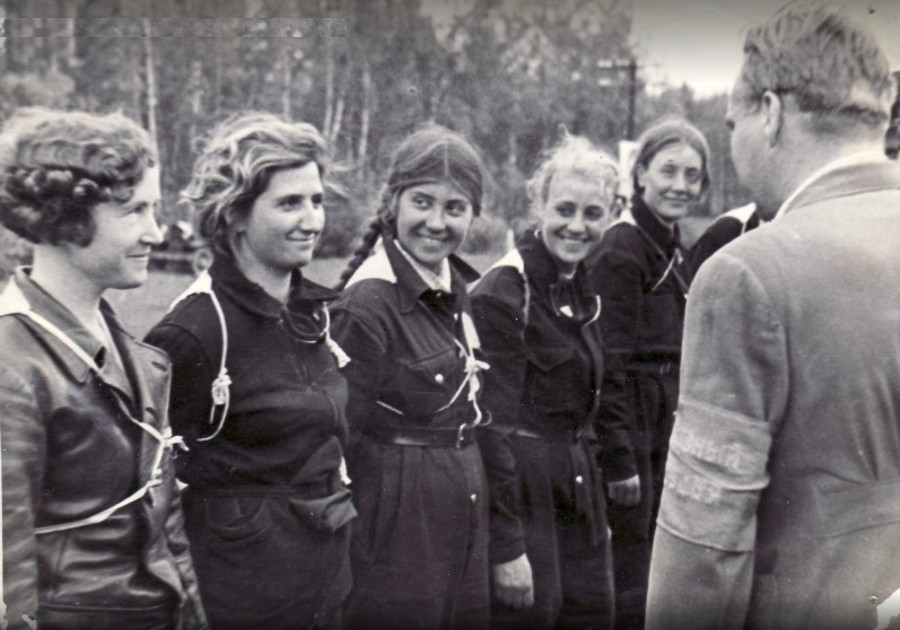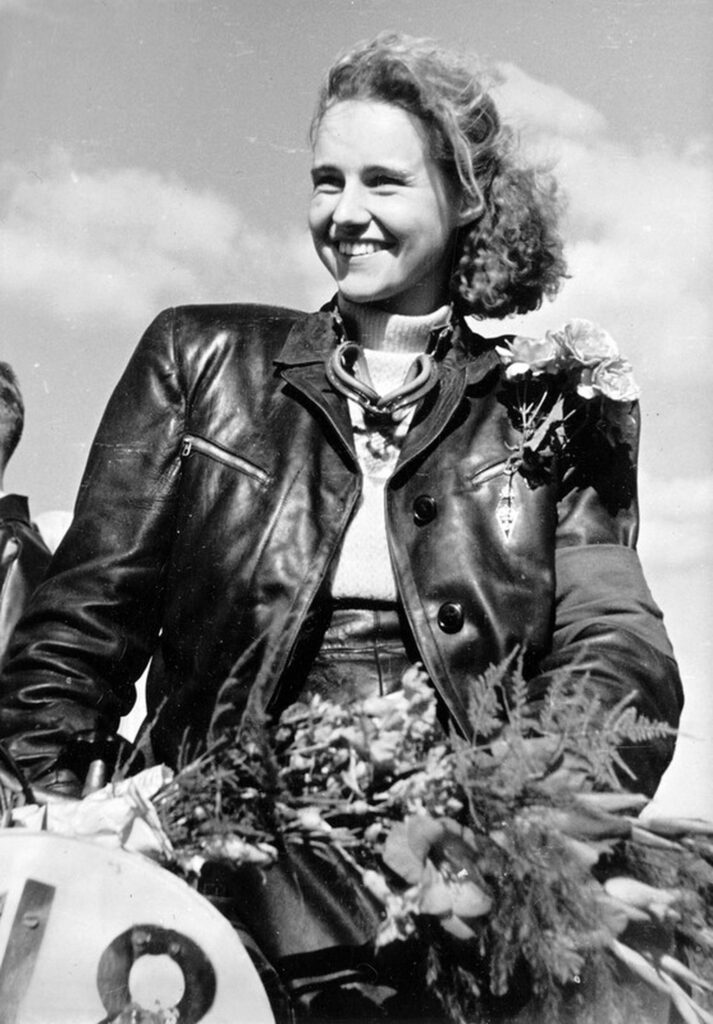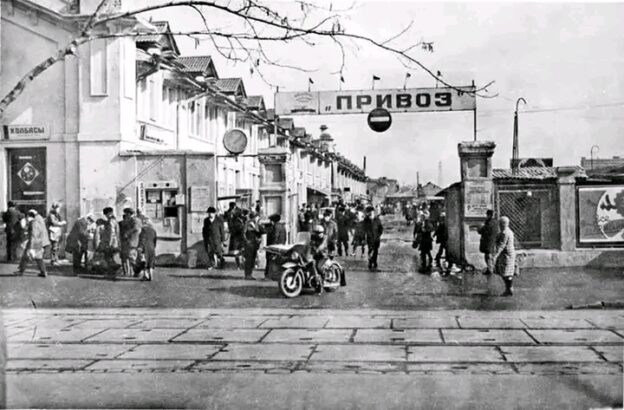Finnish GP 1968
Agostini MV Agusta (No. 1) and Kiisa S-565 Vostok-4 (No. 11).
It was…. in 1968 when Vostoks were next seen at international races in Finland with a 500cc “S-565″, which in its design resembled a 350cc model, while it had a more sturdy chassis and 3 valves were put into each cylinder (2 intake, 1 exhaust). Kiisa was leading in the race for the whole lap when Giacomo Agostini took over and Kiisa came off track interrupted.
Eyewitness account: “I was at the Finnish GP in 1968, and saw and heard! the Vostok. It made tremendous noise and was fast. If it had been piloted by a top-notch rider, Ago would have been pressed hard”. – pkr2000dk
sources: USSR Sportsbikes, Ants Kikerpuu, bCozz archives
